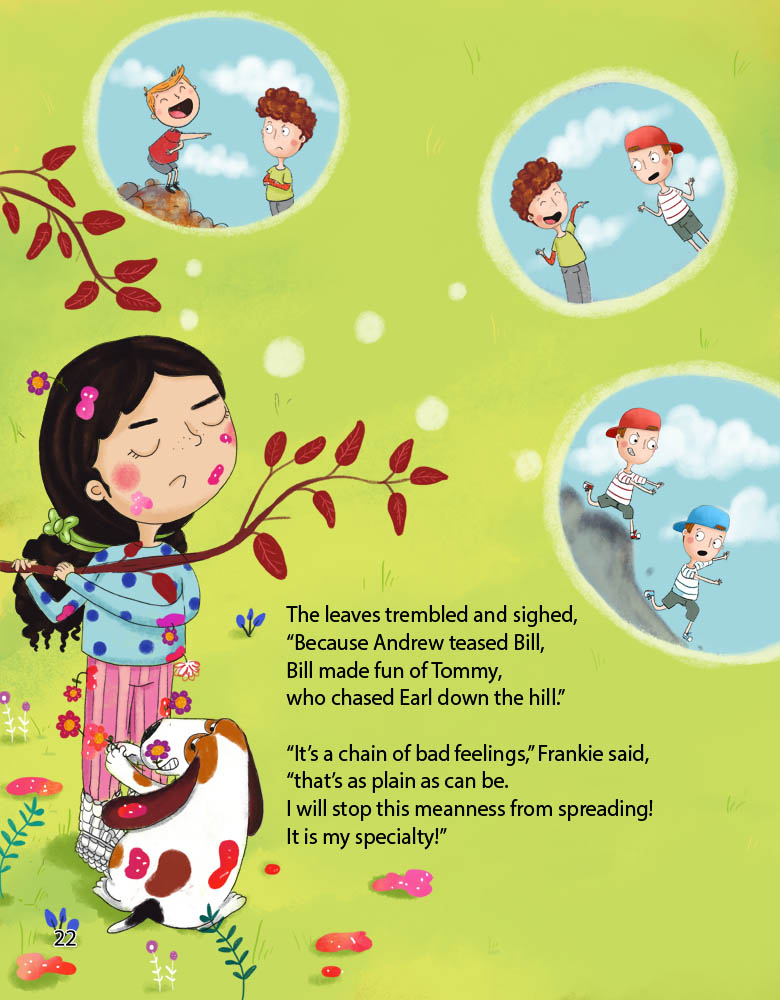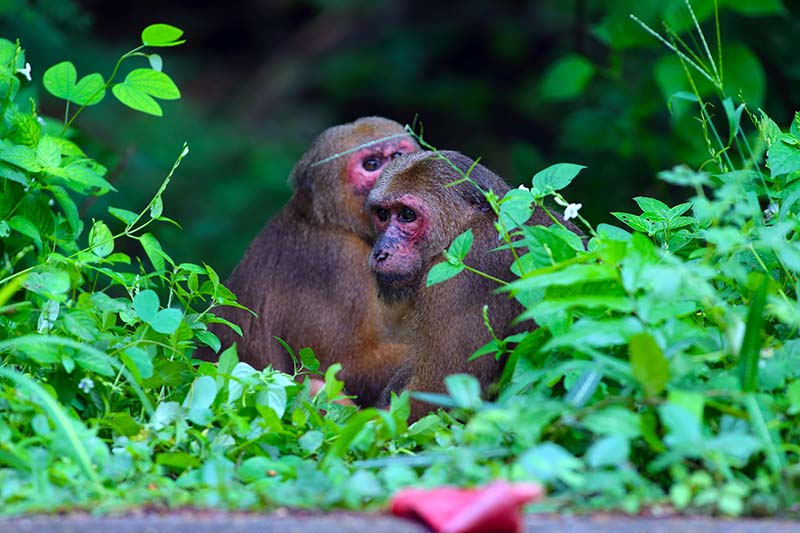
Home to over 3,000 different species of plants and animals, the Virunga Mountain range bordering Rwanda, Uganda and the Democratic Republic of Congo is one of the most biologically diverse places on earth. The best known and most beloved occupants of this UNESCO World Heritage site are the majestic mountain gorillas. Discovered by German explorer Captain Robert von Beringe in 1902, over the course of the 20th century, mountain gorillas suffered the impacts of habitat loss, hunting, war, and disease leading scientists to estimate that continued environmental pressures would render the critically endangered species extinct by the year 2000. Although populations of mountain gorillas in the Virunga range continued to dwindle to near extinction, 480 individuals had survived as of 2010.
An inspiring testament to the progress that can be achieved through a creative combination of government, NGO, and community-based conservation efforts, including eco-tourism, these gentle herbivores, vital to the health of forest ecosystems, are slowly making a comeback. Population surveys in 2016 found that the Virunga gorillas had increased to 604 individuals. The total population of mountain gorillas now stands at 1,004 which includes a second group in Bwindi Impenetrable National Park in Uganda. At a time when animal species around the globe are facing extreme challenges to their survival, this bit of good news for mountain gorillas underscores the vital importance of supporting wildlife conservation initiatives for the benefit of all inhabitants who share the planet.



































































